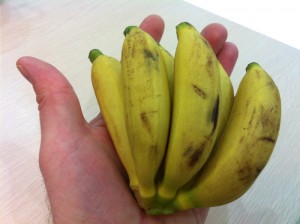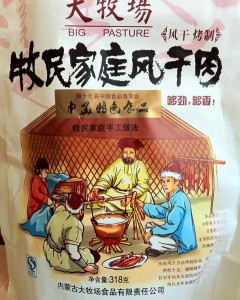 This ‘Big Pasture’ beef jerky brought back to us from a colleague that visited Mongolia is very good ! It’s dry and breaks up as you chew it, so it doesn’t stick between one’s teeth the way jerky sometimes do. The black 肉
This ‘Big Pasture’ beef jerky brought back to us from a colleague that visited Mongolia is very good ! It’s dry and breaks up as you chew it, so it doesn’t stick between one’s teeth the way jerky sometimes do. The black 肉
Tuesday/ the King of Fruits
One of these days I’m going to buy one of these durian (‘king of fruits’) from the fruit market close to where we go for lunch every day. The last time I had some was about 20 years ago on a trip to Malaysia (it is native to Brunei, Indonesia and Malaysia). The fruit has high levels of protein, fat and carbohydrates but the trouble is the aroma of the smooth buttery segments inside : overpowering and offensive to so many people that it is banned in public places in Thailand and on public transit in Singapore. 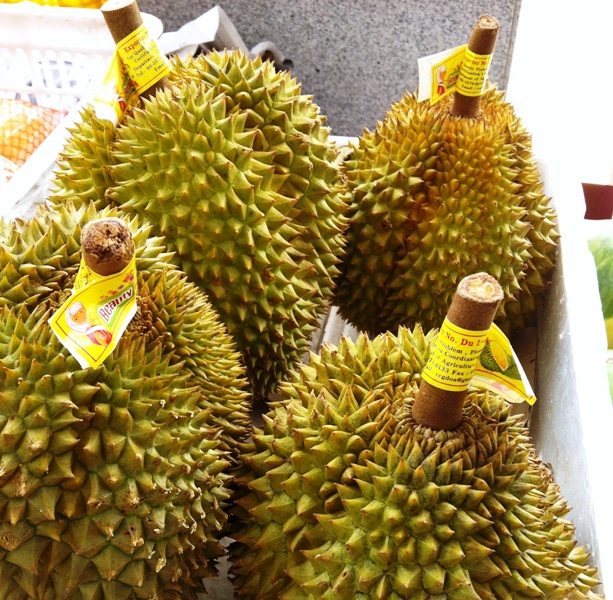
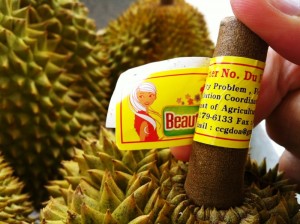
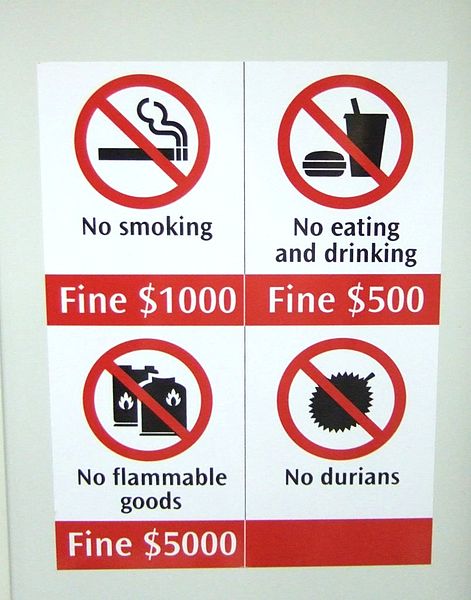
Wednesday/ 玛格丽特 mǎgélìtè 披萨 pīsà
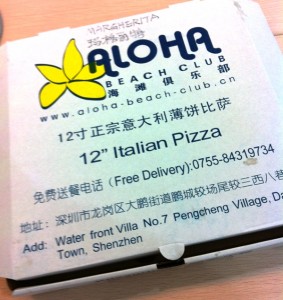 I was too late to snap a picture of the margerita pizzas* (玛格丽特 披萨 mǎgélìtè pīsà, we had on Wednesday here at work. (See the writing at the top of the box?). So one of the 24 pizza boxes is all I can show. The pizzas were quite good, with a thin crust. It is quite possible that the little Aloha Beach Club restaurant had to stretch the pizza dough it had on hand for our monster order.
I was too late to snap a picture of the margerita pizzas* (玛格丽特 披萨 mǎgélìtè pīsà, we had on Wednesday here at work. (See the writing at the top of the box?). So one of the 24 pizza boxes is all I can show. The pizzas were quite good, with a thin crust. It is quite possible that the little Aloha Beach Club restaurant had to stretch the pizza dough it had on hand for our monster order.
*Legend has it that in 1889, during a visit to Naples, Queen Margherita of Italy was served a pizza resembling the colors of the Italian flag, red (tomato), white (mozzarella) and green (basil) .. and that is how Pizza Margherita got its name.
Saturday/ red or green Wanglaoji

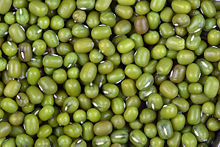
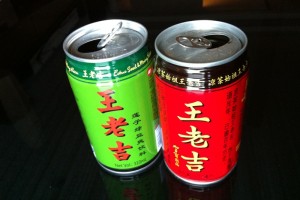
Saturday was cold and rainy, so I felt better about having to knuckle down and work .. and drink my beverages that I got from the grocery store across the street. The sweetened Wanglaoji herbal tea (red can) rivals Coca- Cola in popularity in mainland China. I think the green Wanglaoji version is a new flavor since I had not seen it before. It’s certainly new to me : you go whoa! what are those flavors in there? Well – it’s lotus seed and mungo bean, buster ! And of course I had to look both up on Wikipedia to see that they look like.
Thursday/ baijiu boxes
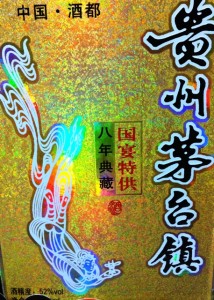
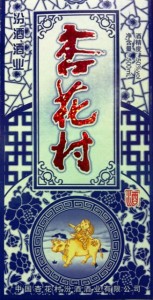 I like to check out the baijiu* packaging in the grocery stores here. Some are downright spectacular. And at 50% alcohol I am sure one soon starts to experience the fantasy worlds depicted on the boxes that the liquor is presented in.
I like to check out the baijiu* packaging in the grocery stores here. Some are downright spectacular. And at 50% alcohol I am sure one soon starts to experience the fantasy worlds depicted on the boxes that the liquor is presented in.
*clear white liquor drink typically distilled from rice (southern China) or sorghum (northern China)
Wednesday/ oranges and little yellow mangoes
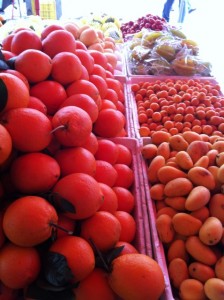 There is a wonderful fruit market here at the local shopping center at work. The oranges on the left are sweet and seedless. The little yellow fruit on the right are mangoes, but I’m not sure of the cultivar name. There are hundreds, says Wikipedia. The little ones have the same tough skin, and taste the same as the bigger, rounder ones that have a red ‘blush’ .. that wild tropical mango taste. I have never quite grown fond of the way mangoes taste, though. Maybe I just have not eaten enough of them to appreciate them!
There is a wonderful fruit market here at the local shopping center at work. The oranges on the left are sweet and seedless. The little yellow fruit on the right are mangoes, but I’m not sure of the cultivar name. There are hundreds, says Wikipedia. The little ones have the same tough skin, and taste the same as the bigger, rounder ones that have a red ‘blush’ .. that wild tropical mango taste. I have never quite grown fond of the way mangoes taste, though. Maybe I just have not eaten enough of them to appreciate them!
Sunday/ a flat fish for dinner

My colleague and I ordered fish for dinner at a restaurant here. A good bet is always one of the flat white fishes. They are quick to cook – you pick one from the fish tanks outside! And the bones stay in one piece. We are not sure if it’s a kind of flounder, or maybe a sole. The fish is very white inside when cooked, and it is served up with a sesame oil-soy sauce and a garnish of spring onion. Very tasty.

Friday/ Kleine Zalze pinotage with dinner
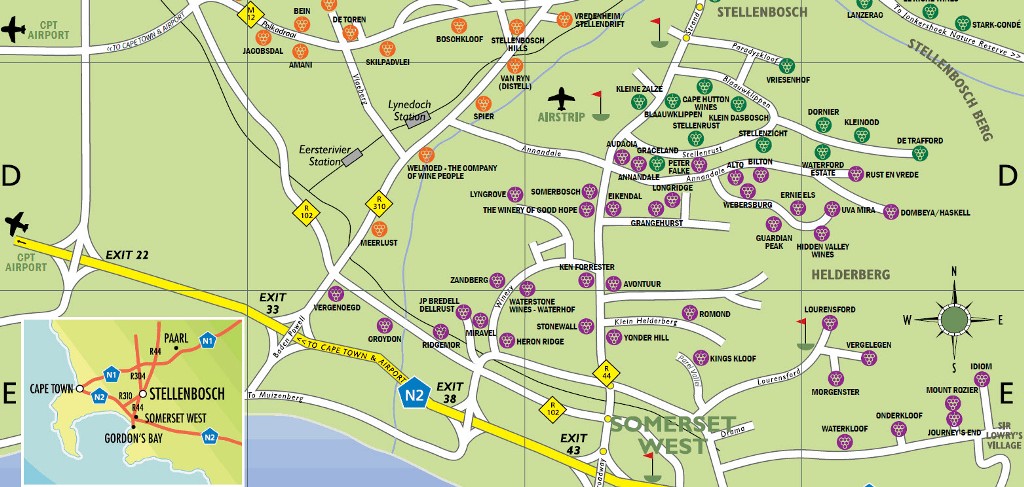
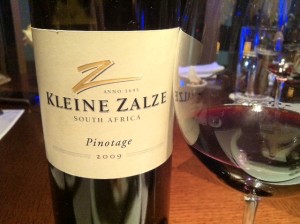
Three of us went to the Dameisha Sheraton for dinner, but this time in the Italian restaurant instead of in the lobby downstairs. And what wine did we have? A pinotage from the doorstep of my South African homestead Stellenbosch where I was a student, and lived for some time later on. Pinotage is probably South Africa’s signature red grape, around since 1925. Even so, some South African winemakers will not have it in their vineyards. Says Wikipedia : ‘A common complaint is the tendency to develop isoamyl acetate during winemaking which leads to a sweet pungency that often smells like paint’. Ouch.
Thursday/ fugu フグ day in Japan
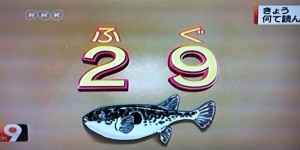 Every year on Feb 9, the Fisherman’s Cooperative in Tokyo offers fine torafugu (Japanese puffer fish) to the Imperial Palace. The picture is from NHK TV. Fugu has become one of the most celebrated and notorious dishes in Japanese cuisine. It must be meticulously prepared to remove toxic parts and to avoid contaminating the meat with the lethal poison tetrodotoxin found in the little fish’s organs. There is no antidote, and the poison is not affected by cooking. It attacks the nervous system and leaves its victims unable to breathe. The best the emergency room can do for you is to pump you full of active carbon (to absorb the poison from your stomach) and put you on life support to see if you make it !
Every year on Feb 9, the Fisherman’s Cooperative in Tokyo offers fine torafugu (Japanese puffer fish) to the Imperial Palace. The picture is from NHK TV. Fugu has become one of the most celebrated and notorious dishes in Japanese cuisine. It must be meticulously prepared to remove toxic parts and to avoid contaminating the meat with the lethal poison tetrodotoxin found in the little fish’s organs. There is no antidote, and the poison is not affected by cooking. It attacks the nervous system and leaves its victims unable to breathe. The best the emergency room can do for you is to pump you full of active carbon (to absorb the poison from your stomach) and put you on life support to see if you make it !
Wedensday/ lady finger bananas
Wednesday/ dragon fruit ‘huǒ lóng guǒ’
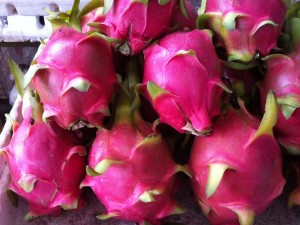
We still go to lunch every day at 12.00 noon to the cafeteria : a welcome break from the slog at work. These dragon fruit are from a fruit seller close by. I didn’t buy any today but will get some next time and report back how much they cost.
Monday/ spice yourself
Here are two more cute signs from the large cafeteria where we have lunch every day. Yes, spice yourself up instead of ‘Blame yourself’ as one of the Republican presidential candidates used to say! But for the record, I steer clear of any more spices in my food from the self-service counter. What’s already in there is all I can handle!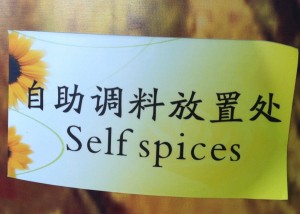
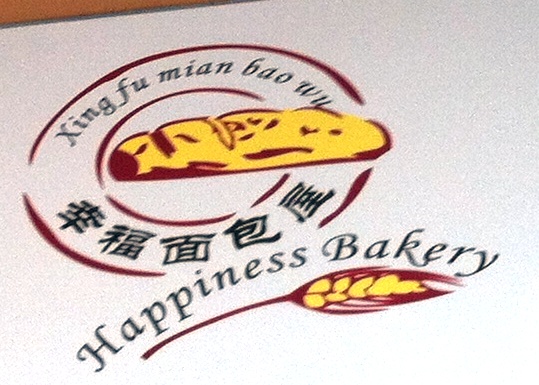
Friday/ mandarins and more dragons
This traditional little mandarin tree with red gift envelopes was at the entrance of the Dameisha Sheraton on Friday night. During Chinese New Year, mandarin oranges and tangerines are considered traditional symbols of abundance and good fortune. I had my usual beer but some of us had a gin and tonic. The back of the little bottle of Bombay Sapphire gin with the 10 ‘exotic’ ingredients generated some discussion. (How exotic can almond and lemon peel be?). The gin was introduced in 1987 by Bacardi. And of course after that Bombay became Mumbai (in 1995). I ran into the Nestlé dragon display in the local grocery store on the way back. I wonder if I would have gotten in trouble if I had taken down those yellow price signs so the dragons’ faces could be seen clearly!
Friday/ the qílín brings good luck
A few colleagues and I are staying put for the weekend. So we had a beer at the Sheraton – to celebrate the end of the work week, of course! I actually had a German Erdinger Weissbier. The Kirin beer can pictures are from my flight in back on Tue night. Kirin beer is named after a qílín – a mythical hooved Chinese chimerical* creature known throughout various East Asian cultures, said to bring good luck. *composed of the parts of different animals. The Japanese braille (yes, just a little different from standard Braille!) on the can says ‘Kirin beer’ and has been on their cans for a few years now. Could it say ‘open’? I thought when I saw it, then realized that cannot be, since it’s so easy for exploring fingers to find the pull tab. But in the dark or if you cannot see, it will distinguish this can from ones with soda pop or something else! Finally, a really close look reveals that the Kanji characters キリンfor Kirin are hidden in the creature’s mane and tail.
This last picture is from a post from a blog called ‘Tokyo Five’, showing the hidden characters キリンin the picture.
Saturday/ chocolat blanc et langue de chat
We worked on Saturday but ended the day right with a lively and enjoyable barbecue at two of our colleagues’ apartment here in Dameisha .. complete with beef steak and salmon brought over from the USA! One of our Chinese colleagues brought these cookies made by Japanese company Shiroi Koibito for dessert.
Even I could figure out the chocolat blanc (white chocolate) but did not know that langue de chat is a classic French cookie (translation : the tongue of the cat .. which explains the cat depiction on the golden open-and-close sticker!). (Yes of course the cookies melt in one’s mouth). The cookie factory is on Hokkaido island (see the map -the big northern-most island in Japan). That is also where Mount Rishiri (picture on the box) is located.
Wednesday/ burger and fries
Open wide ..! That’s a ‘Hot Babe’ BBQ pork sandwich (burger?*) with a little coleslaw and carrot, and with sweet potato fries. This item is a permanent fixture on the Elysian Brewing Company’s menu. The beer I had was called ‘Hibernation Ale’ and it was a little too dark and heavy for me. I should have gone with the one that all my compadres had : the ‘Fireside Chat’, an early winter seasonal brew with a brown color.
*a burger has a meat or vegetarian patty, which is not the case with this one
Thursday/ it’s Thanksgiving in the USA
Wednesday/ cake from all over the world at Muji
Here are the ferries from Macau coming to the back of the hotel this morning to pick up supplies and to refuel, I think – since this is not where they pick up passengers. And here at the airport I always go by the Japanese store Muji to ogle the packaged food offerings. (This time I didn’t buy any since I don’t want to declare any foodstuffs coming in to the USA). The baumkucken is a German layer cake – made on a spit by adding layers of batter – that is popular in Europe as well as Japan. Pao de lao is a Portugese sponge cake. And lo and behold, there is even some apple pie. Now let me go find gate 15 and see if that turquoise Korean Air bird bound for Seoul, is sitting there already.
Wednesday/ go Russian
A few of us from work went to the Russian restaurant called ‘History Time’ across the street from the hotel on Wednesday night. The Tiger beer is actually Singapore’s first local beer (around since 1932), marketed and distributed these days by Asia Pacific Breweries. (The tiger reminds me of ‘Jungle Oats’ tiger so familiar to South Africans). As for the sign in the window – the ‘пива’ on the mug is ‘beer’ (an easy guess, right?) but I couldn’t reverse engineer the rest with Google Translate. None of ‘Welcome’, ‘Cocktails’ or ‘Happy Hour’ worked.
Sunday/ snacks from Okashi-land
Okashi(お菓子) is Japanese for snack, and Okashiland is a chain of stores in Hong Kong and China that sell Japanese-made candy and snacks in colorful and fun packaging. Here is Hello Kitty offering some traditional Japanese roasted chestnuts. Or how about a box of Meltykiss fruity strawberry chocolates for your sweetheart? They offer lots of items on the salty side as well, such as this bag of dried ramen noodles.

